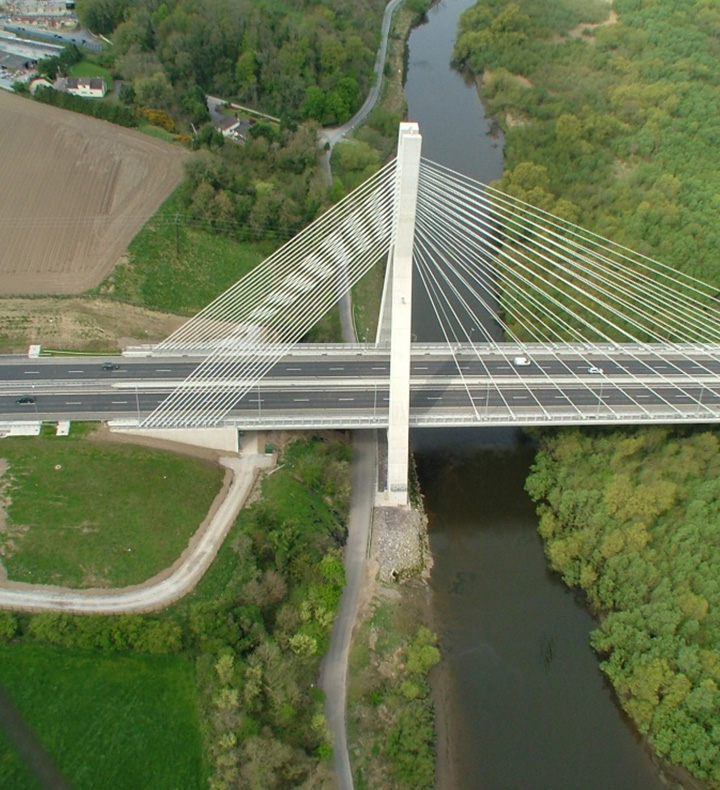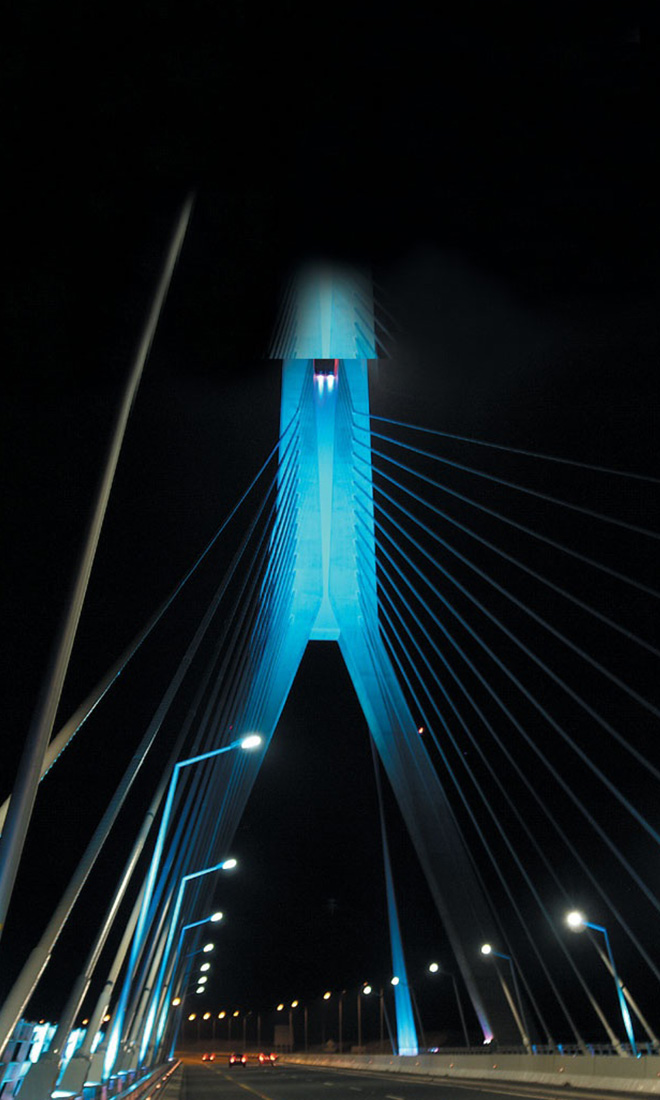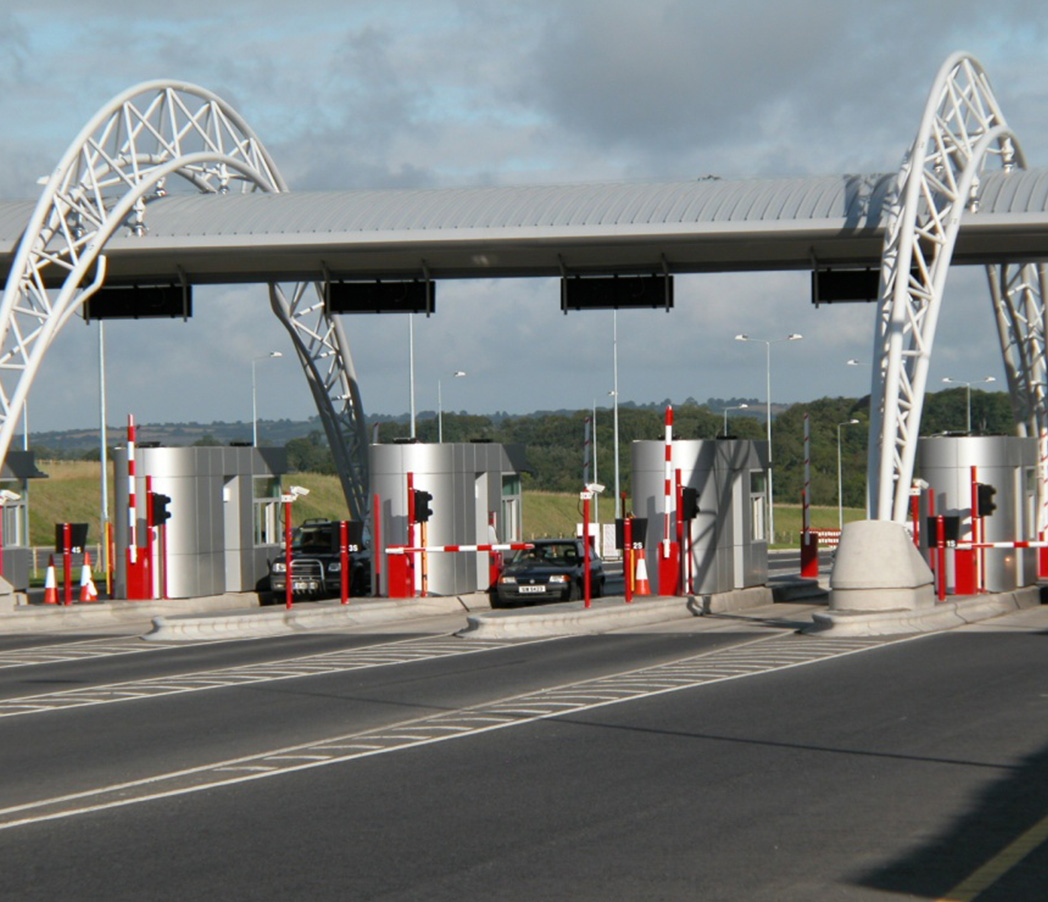M1 Dundalk Western Bypass
The €116m M1 Dundalk–Western bypass project was a major project and involved the design, construction, and 30-year operation and maintenance of 11 km of new motorway, including 7 km of new link roads and 12 km of over and under bridges.
It also included the 30-year operation and maintenance of a further 43 km of existing motorway from Dundalk southwards towards Gormanston, including a cable-stay bridge over the River Boyne.
Faire défiler Plus d’info

The challenge
SPV General Manager Lorcan Wood explains some of the challenges faced by Invesis and partners on the project which included Iridium, NTR, BAM Civil, and Dragados.
« With any project of this size on a motorway, the team always has to take into account what impact work will have on the flow of traffic in the area.A prime example is the work involved in the Ballynahattan Bridge ‘slide’. The slide was the name the team devised for the operation to move the new railway bridge from its pre-constructed position into its final working position where the motorway passes below the Dublin–Belfast railway line.That was an incredibly complex procedure which required the coordination of a number of different organisations, manufacturers, suppliers, sub-contractors, and specialists.
« Following the construction of the bridge adjacent to the line over a four-month period, the structure was moved into its final position during a 72-hour period over an Easter weekend.
« The bridge was moved into its final position using a French technique called Autoripage, which had not been used in Ireland before.
« It requires the bridge and its base to be constructed on a guide raft which initially supports the structure, and then provides directional guidance and an anchorage against which hydraulic jacks can pull. »
Six hydraulic jacks were deployed for the ‘bridge push,’ one pair at the base of each of the three bridge piers. The four-span skewed bridge is over 80 metres from end to end and was pushed a total distance of 44 metres to its final position.
Faire défiler Plus d’infomillion
Capital Value
The solution
The whole operation required careful planning and coordination over the 72-hour period, but the removal of the existing embankment was comfortably achieved on the first day, the bridge pushed into position during day two, and the move completed on day three which meant the line could re-open after the holiday weekend as planned.
Lorcan continued: « Moving the bridge into place was probably the biggest logistical operation of the project but there were a number of other challenges including lifecycle replacement of four roads of different ages, traffic volume risk, adopting and maintaining the bridge over the River Boyne, and adoption of hard and electronic tolling technology. »


